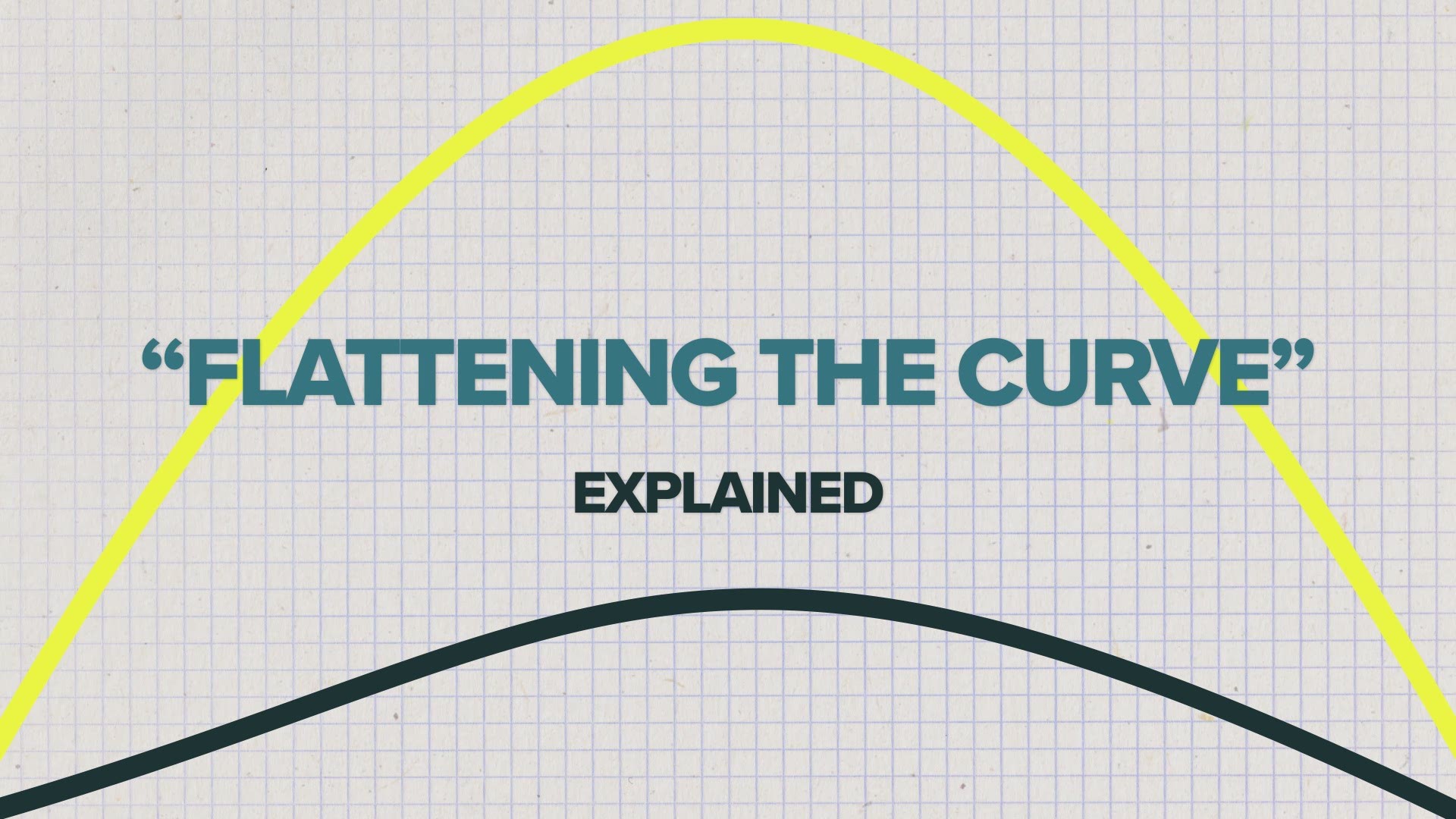WASHINGTON — On Monday, Maryland began releasing counts of coronavirus cases in each ZIP code in the state.
The data provides a more specific look at which parts of the state are being hit by the virus than county-level data, but it also has its own drawbacks.
ZIP codes are, for one thing, not an actual description of a set area like a county is. ZIP codes describe a collection of mail delivery routes, and can contain anywhere from one to hundreds of addresses. Some ZIP codes span multiple counties. Others are limited to a single apartment building.
Unlike Census tracts, ZIP codes also aren’t designed with population analysis in mind. Census tracts are generally drawn to cover a population between 2,500 to 8,000 people. ZIP code 20902 in Montgomery County, for example, covers more than 48,000 people.
As a result, the Census Bureau also doesn’t offer the same level of data for ZIP codes as it does Census tracts. While they have created a mechanism to match up Census data to ZIP codes – called ZIP Code Tabulation Areas (ZCTAs), they can be imprecise, since ZIP codes may change over time. They also aren’t updated as regularly as normal Census tract data. Whereas most Census data sets are available at the tract level in regular yearly estimates between each decennial census, the most recent demographic ZIP code data is from 2010.
All of this makes ZIP codes an imperfect unit by which to measure and visualize data sets like COVID-19 cases. But, it does have one redeeming advantage: people generally know what ZIP code they live in, whereas most have no idea what Census tract covers them.

